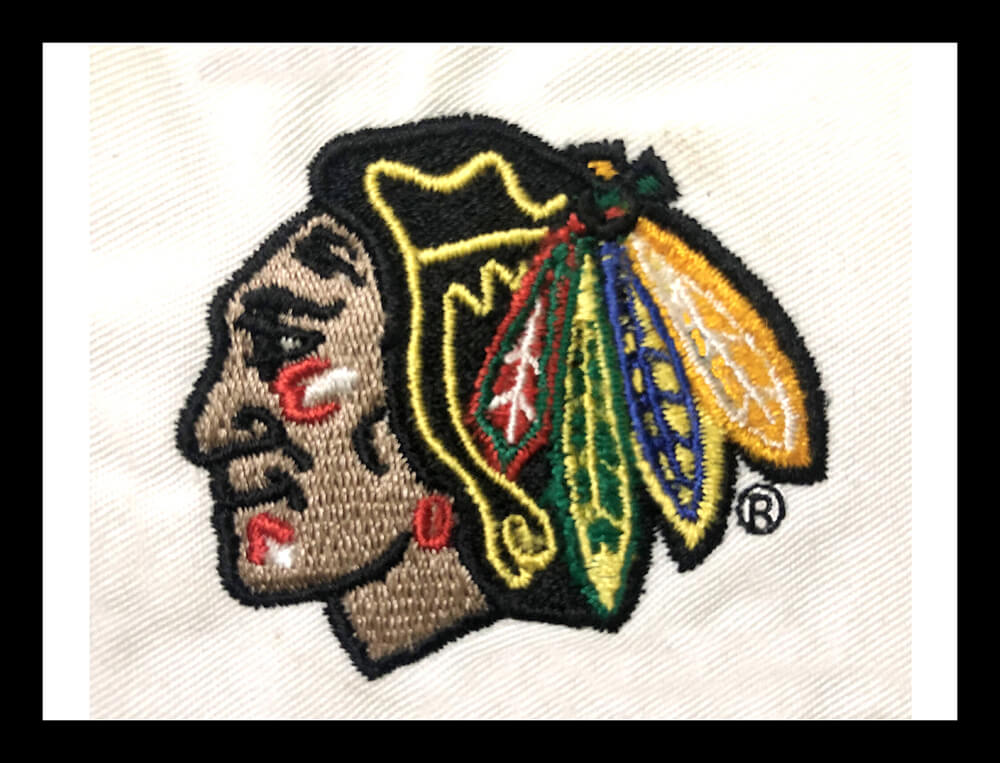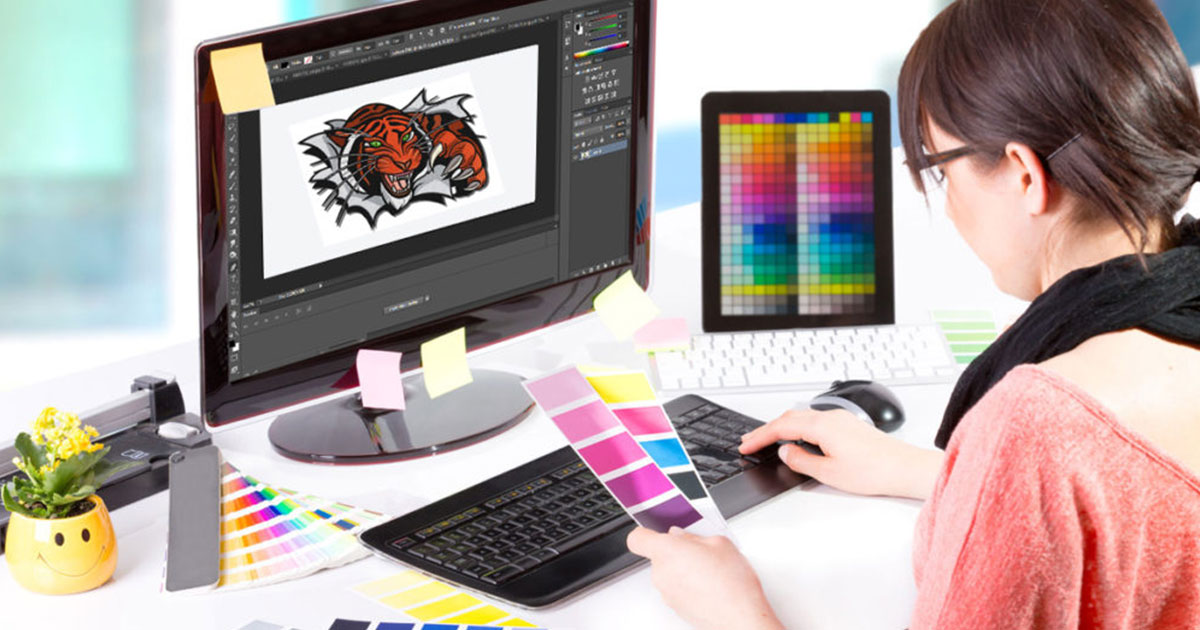Grasping the Embroidery Digitizing Refine: Your Ultimate Overview
Embroidery digitizing is a careful craft that calls for precision and competence to convert detailed layouts right into digital formats for equipment embroidery. As craftsmens embark on this trip to grasp the needlework digitizing process, a detailed understanding of the fundamentals sets the structure for quality.

Recognizing Needlework Digitizing Essentials
Embroidery digitizing fundamentals develop the foundation whereupon detailed designs are equated right into machine-readable styles for exact sewing. This first step in the embroidery digitizing process is critical for guaranteeing that the final stitched item is a loyal representation of the original design. Understanding needlework digitizing essentials involves realizing essential concepts such as stitch kinds, stitch instructions, thickness, rug, and draw settlement.
Sew types play an important role in establishing the visual and textural result of the stitched layout. By choosing the proper stitch kind, whether it be satin, fill, or running stitch, digitizers can achieve the wanted impact and enhance the general top quality of the needlework. In addition, sew instructions affects the circulation and dimension of the layout, while thickness determines the spacing and coverage of the stitches.
Additionally, rug sewing provides stability to the design by safeguarding the textile and avoiding distortion during the embroidery process. Pull settlement is an additional important factor to consider to combat the all-natural tendency of fabric to agreement when sewn. Mastering these embroidery digitizing basics is fundamental for creating professional-quality stitched items.
Choosing the Right Digitizing Software Program
Selecting the suitable digitizing software is an essential choice that substantially influences the efficiency and high quality of the needlework digitizing procedure. Digitizing for Embroidery. When selecting the best digitizing software application, it is important to consider elements such as the intricacy of layouts you plan to create, the user-friendliness of the software, the degree of customer assistance offered, and the compatibility with your embroidery maker
There are different digitizing software alternatives available in the market, ranging from basic programs for beginners to advanced software application for expert digitizers. Some prominent options include Wilcom EmbroideryStudio, Hatch Needlework Software, and PulseID. These software packages supply a vast array of tools and features to help you create elaborate layouts easily.
Prior to making a decision, it is suggested to explore the various software alternatives via totally free trials or demonstrations to identify which one finest matches your demands. In addition, reviewing testimonials and seeking suggestions from experienced digitizers can supply useful insights into the toughness and weak points of each software program package (Digitizing for Embroidery). By thoroughly reviewing your demands and contrasting the features click here for more of various digitizing software application, you can make an informed choice that boosts your needlework digitizing workflow
Digitizing Devices and Strategies

Optimizing Style Settings for Needlework
Grasping the ins and outs of style settings is fundamental in achieving optimum lead to the needlework digitizing procedure, structure upon the structure laid by recognizing digitizing tools and strategies. When optimizing style setups for needlework, it is vital to take into consideration variables such as stitch type, thickness, rug, draw payment, and enrollment. Sew kind option influences the overall look of the design, with options like satin, fill, and running stitches using various structures and effects. Thickness refers to the spacing and thickness of stitches, impacting the style's protection and sturdiness. Correct rug sewing offers security and protects against material distortion, specifically for complicated styles or on stretchy products. Draw payment changes for material stretch during sewing, ensuring accurate style duplication. Enrollment settings align various components of the style properly, preserving overall style integrity. By fine-tuning these design setups, embroiderers can enhance the top quality Read Full Report and accuracy of their embroidered productions.

Troubleshooting Common Digitizing Issues
When experiencing common digitizing problems throughout the needlework process, it is vital to comprehend the origin and carry out efficient remedies without delay. One usual issue is stitch density issues, where stitches might be too dense, triggering the material to tighten, or as well thin, resulting in voids in the style. Adjusting the stitch density setups in the digitizing software application can aid fix this concern.
One more regular difficulty is string breaks throughout the embroidery procedure. This can happen as a result of numerous reasons such as incorrect stress settings, dull needles, or utilizing low-quality thread. Ensuring proper upkeep of the embroidery device, including routine needle changes and tension modifications, can reduce the event of string breaks.
Moreover, design registration mistakes can lead to misaligned aspects within the needlework layout. Checking the design alignment in the digitizing software and making necessary changes prior to sewing can help in preventing this problem. By addressing these check my reference usual digitizing issues immediately and properly, you can guarantee a smoother embroidery procedure and high-grade finished items.
Verdict
To conclude, grasping the embroidery digitizing procedure requires a strong understanding of the essentials, the best choice of software program, and understanding of devices and techniques. Maximizing design setups and fixing usual digitizing problems are crucial actions in guaranteeing high-quality embroidery outcomes. By following these steps diligently, one can achieve precision and performance in the digitizing procedure.